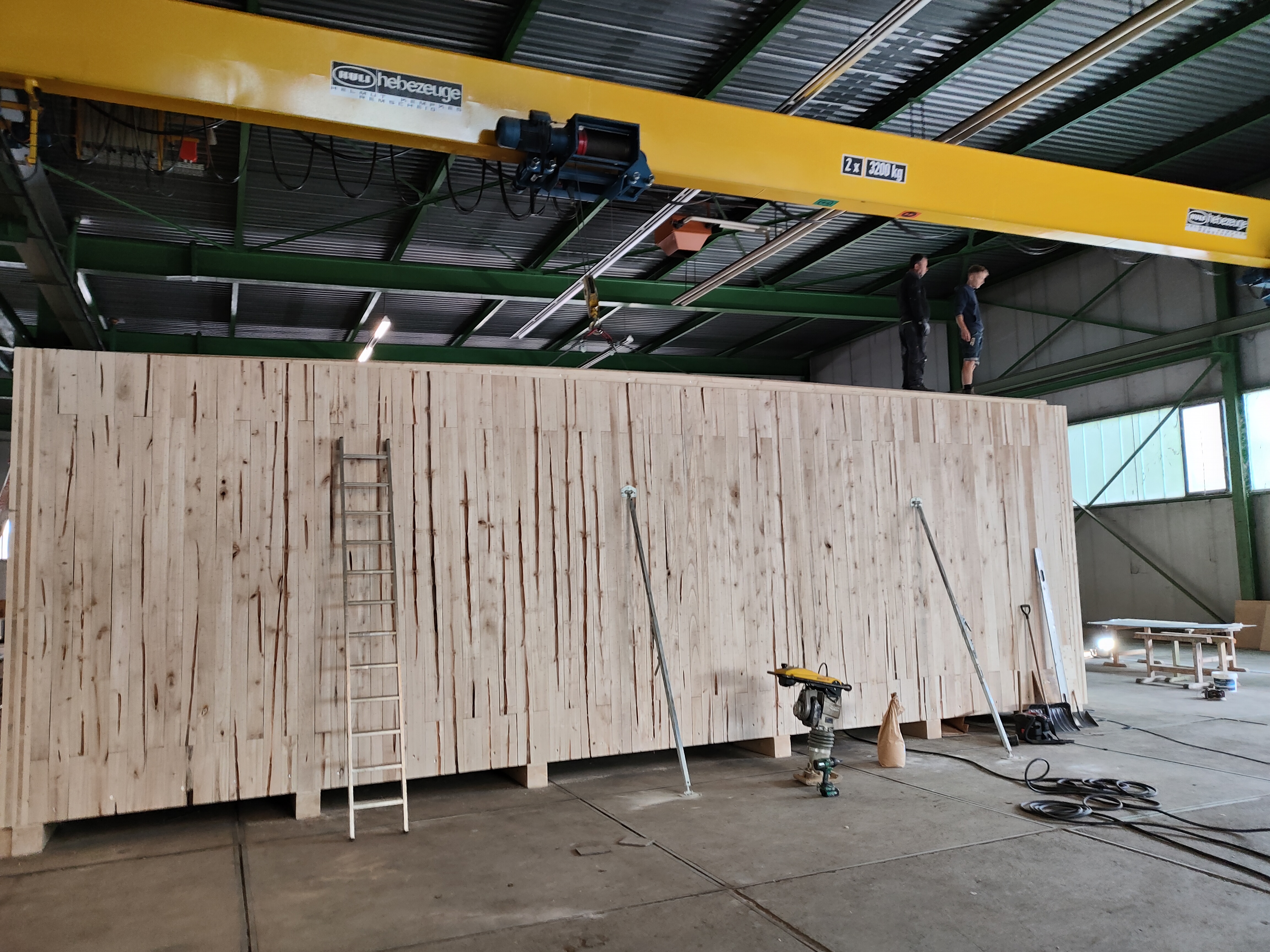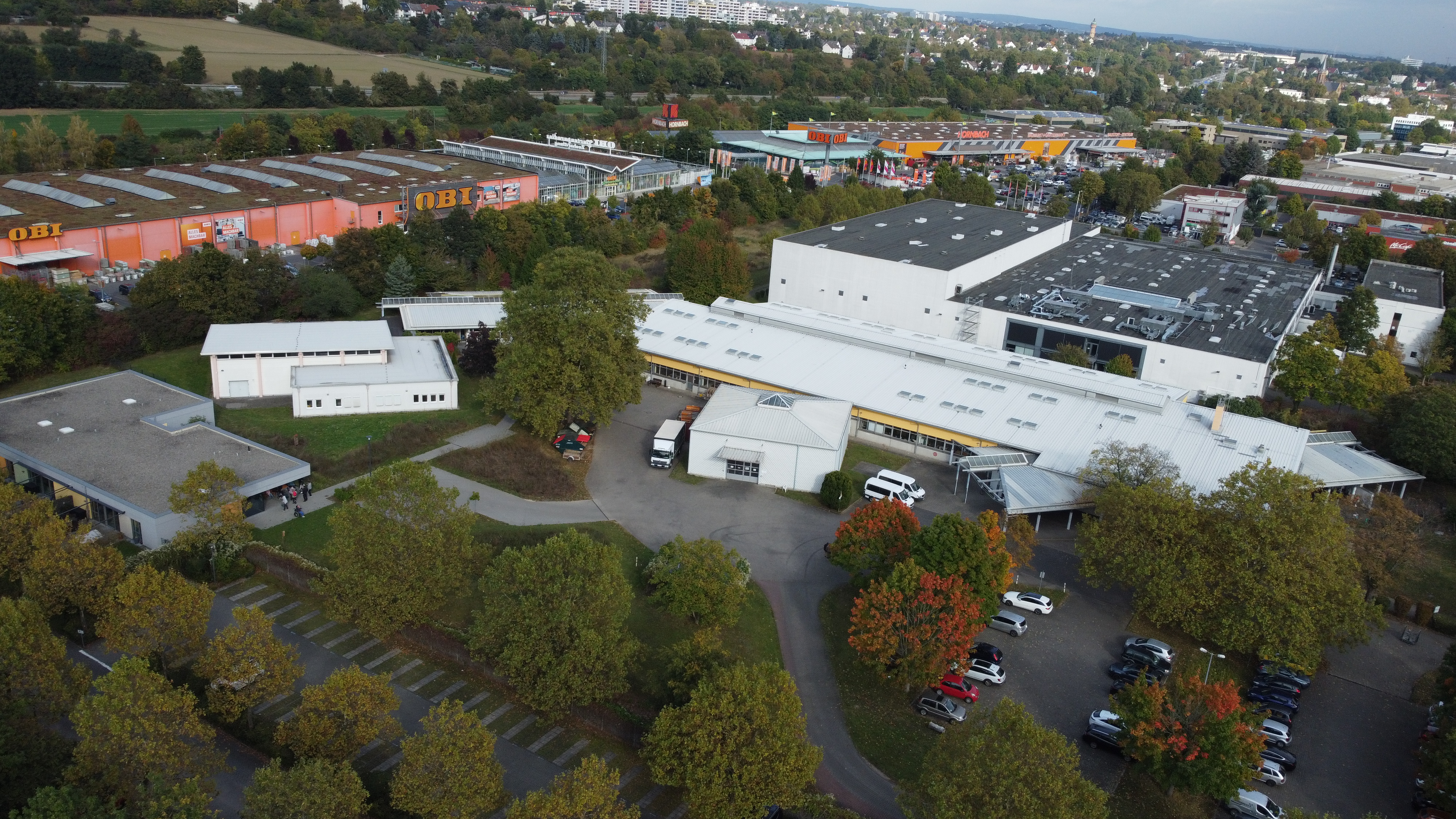Werterhalt und konsequente Umsetzung einer Kreislaufstrategie durch Bestandsinspektion
Im Rahmen einer konsequenten und umweltbewussten Zirkularitätsstrategie sollte, wann immer möglich der Bestandserhalt angestrebt werden. Dieser Erhalt wird durch eine regelmäßige Bauwerksprüfung, die Mängel rechtzeitig erkennt, damit diese behoben werden können, bevor große Schäden überhaupt entstehen, gefördert. Aus diesem Grund befassen wir uns mit der VDI-Richtline 6200 zur regelmäßigen Überprüfung der Standsicherheit von Bauwerken und wirken gerne bei der Bestandsüberprüfung mit.
Mit regelmäßigen Bauwerksuntersuchungen den Werterhalt Ihrer Immobilie sichern
Wenn in den letzten Jahrzehnten in Alltagsmedien von „Bauwerkssicherheit“ die Rede war, ging es vor allem um Infrastrukturbauwerke wie Brücken. Für die Allgemeinheit bedeuten solche Meldungen in der Regel ärgerliche Behinderungen im Straßen- und Schienenverkehr, da Brücken, für die eine reduzierte Bauwerkssicherheit festgestellt wurde, entweder gar nicht mehr oder nur unter Einschränkung von Geschwindigkeit oder Fahrzeuggröße befahren werden dürfen. Dass die Erkenntnis über die reduzierte Bauwerkssicherheit oftmals für Außenstehende scheinbar überraschend kommt, hat viele Gründe. Tatsache ist jedoch, dass Bauwerke aller Art der Abnutzung und Alterung unterliegen. Wenn diesen Prozessen über einen zu langen Zeitraum keine Aufmerksamkeit geschenkt wird, wird eine Zustandsänderung, die zu gravierenden Einschränkungen der Sicherheit führt, oft erst erkannt, wenn große, sichtbare Schäden aufgetreten sind. Entsprechend groß ist dann die Einschränkung der Nutzung bzw. der erforderliche Aufwand zur Wiederherstellung der gewünschten Funktionalität.
Das gilt für Bauwerk des Hochbaus genauso wie für Brücken.
Gesetzliche Verpflichtungen für Eigentümer
Jeder Eigentümer oder Betreiber eines Gebäudes ist gesetzlich verpflichtet, sein Bauwerk „…so instand zu halten, dass die öffentliche Sicherheit und Ordnung, insbesondere Leben, Gesundheit und die natürlichen Lebensgrundlagen, nicht gefährdet werden.“ (Zitat §3 Musterbauordnung). Des Weiteren ergibt sich aus den §§ 823, 836 bis 838 Bürgerliches Gesetzbuch die Verpflichtung, Bauwerke so in Stand zu halten, dass niemand durch die Benutzung gefährdet wird.
Bestandserhalt als Nachhaltigkeitsstrategie
Das Errichten von neuen Gebäuden ist ressourcen- und energieintensiv und im Zuge der Transformation in eine kreislaufgerechte Bau- und Immobilienwirtschaft nicht mehr allein zielführend, um den Bedarf an Wohn- oder Gewerbeimmobilien zu decken. Diese Erkenntnis setzt sich langsam auch in der Immobilienwirtschaft durch. So steigt der Anteil an Bestandsgebäuden, die ressourcenschonend kreislaufwirtschaftlich umgebaut und umgenutzt, beziehungsweise revitalisiert werden sollen.
Oft stellt sich dann für Eigentümer und / oder Betreiber der Immobilien die Frage: in welchem Zustand ist die Gebäudesubstanz und wie groß sind die Risiken, die sich aus Mängeln oder durch Umnutzung ergeben?
Dabei gilt: je unzugänglicher die Substanz, umso größer die Unsicherheiten in Bezug auf ihren Zustand.
Drei Aspekte der Bauwerkssicherheit
Bei der Bewertung der Bauwerkssicherheit und der Einschätzung von Risiken wird zwischen 3 Aspekten unterschieden:
- Standsicherheit
- Verkehrssicherheit oder Gebrauchstauglichkeit
- Dauerhaftigkeit
Die Standsicherheit hat als oberstes Ziel, Gefahr für Leib und Leben abzuwehren. Schäden, die die Standsicherheit beeinträchtigen betreffen immer das Tragwerk eines Gebäudes.
Eine beeinträchtigte Verkehrssicherheit oder Gebrauchstauglichkeit ist seltener die Folge von Schäden an der Tragstruktur. Vielmehr betrifft diese Beeinträchtigung vielfach Mängel und Schäden am Ausbau oder Anlagen und Einbauten. Schutzziel ist die Vermeidung von Unfällen, Verletzungen oder sonstigen gesundheitlichen Beeinträchtigungen.
Bei Verletzung der Dauerhaftigkeit geht es um Mängel an der Bausubstanz, die sich zeitlich entwickeln in Folge von mangelnder Wartung und Instandhaltung. Eine beeinträchtigte Dauerhaftigkeit kann Schäden an Ausbau oder Tragwerk zur Folge haben, die wiederum die Verkehrssicherheit und die Standsicherheit gefährden können.
Die Standsicherheit von Gebäuden wird durch das Tragwerk gewährleistet. Je nach Gebäudetyp (Hallenbau, Geschossbau…) und Konstruktionsart (Massivbau, Skelettbau…) sind die Elemente des Tragwerks mehr oder weniger vollständig durch Elemente des Ausbaus und der Inneneinrichtung umbaut bzw. verdeckt. Infolgedessen gilt für Tragwerke häufig eine besonders große Unsicherheit in Bezug auf den Zustand. Sind die Schäden erst einmal so groß, dass sie sich z.B. durch Rissbildung, Durchfeuchtung oder Verformung bis in den Ausbau abbilden ist der Aufwand für eine Sanierung meist sehr groß.
Warum eine Bauwerksprüfung unerlässlich ist
Stellen Sie sich vor, einer Ihrer gewerblichen Mieter hat den Wunsch, eine schwingende Messeinrichtung in seinen Produktionsräumen zu installieren. Sie müssen entscheiden, ob die Installationen im Rahmen des Mietverhältnisses gestattet werden kann. Können Sie einschätzen, ob diese dynamische Belastung Ermüdungsschäden an ihrer Deckenkonstruktion hervorrufen könnte?
Stellen Sie sich vor, Sie erneuern den Fußbodenaufbau in einer Büroetage Ihrer Büroimmobilie. Die beauftragte Firma teilt Ihnen mit, dass beim Entfernen des Hohlbodens großflächig Feuchteschäden entdeckt wurden. Welches Risiko geht von diesen Schäden aus?
Stellen Sie sich vor, Sie möchten das bisher ungenutzte Dach Ihrer Immobilie als Dachterrasse und Gründach nutzen. Mit welchem investitionsaufwand müssen Sie rechnen, um die Standsicherheit, Gebrauchstauglichkeit und Dauerhaftigkeit der Dachkonstruktion weiterhin zu gewährleisten?
Bei Beantwortung all dieser Fragen kann Ihnen ein Bauwerksbuch nach VDI 6200 eine große Hilfestellung sein.
VDI 6200:
Die VDI-Richtlinie 6200 liefert klare Vorgaben für eine systematische Bauwerksprüfung. Beurteilungs- und Bewertungskriterien sowie praktische Anleitungen für die Instandhaltung sowohl bestehender als auch geplanter Gebäude werden dargelegt. Ein zentrales Element ist die Klassifizierung von Bauwerken in Schadensfolge- und Robustheitsklassen. Diese Einteilung ermöglicht eine gezielte Planung von Inspektionsmethoden und -intervallen, die auf die spezifischen Anforderungen und Risiken des jeweiligen Bauwerks abgestimmt sind.
Wir unterstützen Sie dabei, den Zustand Ihrer Immobilie zu bewerten, Risiken zu minimieren und die Werthaltigkeit Ihrer Bauwerke langfristig zu sichern.
Regelmäßige Überwachung gibt Sicherheit und trägt zum Werterhalt bei!







































